History
History and ownership of Newhaven Port
A port shaped by nature and history
Newhaven Port’s story begins with a dramatic natural event. In the 1580s, a storm rerouted the course of the River Ouse, shifting its mouth from Seaford to its present location in Newhaven. This geographical transformation laid the foundations for what would become one of the most historically significant ports on the south coast of England.
By 1626, under an Act of Parliament, Commissioners were appointed by the Crown to oversee the harbour effectively becoming its first Harbour Authority. Subsequent Acts in 1730, 1783, and 1790 continued to shape the governance and development of the port, whose boundaries then stretched from Lewes to the sea. Newhaven’s first links with Dieppe as a ferry port were in 1825.
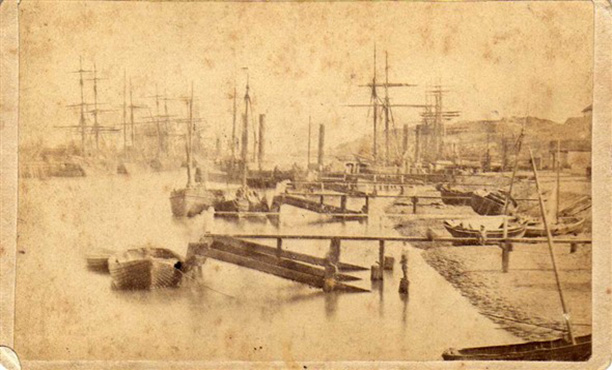
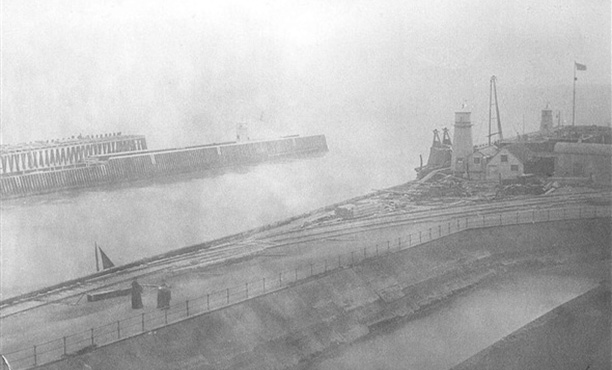
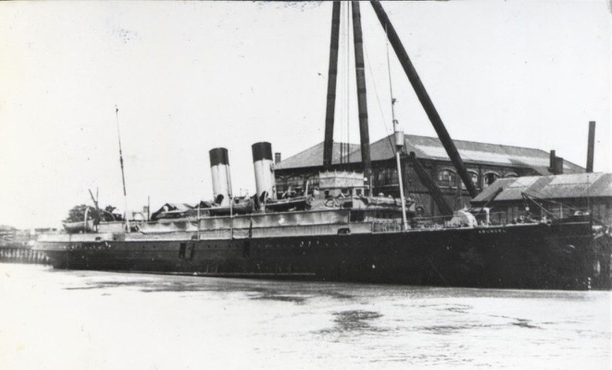
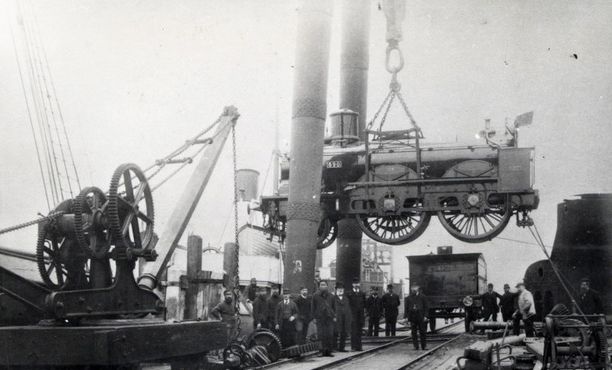
The rise of a railway port
Newhaven’s strategic importance grew with the advent of rail transport. In 1847, the London, Brighton and South Coast Railway Company (L.B.&S.C.) was appointed as the Authority under the Newhaven Harbour and Ouse Lower Navigation Act, coinciding with the pivotal Harbours, Docks and Piers Clauses Act — the foundation of National Port Legislation.
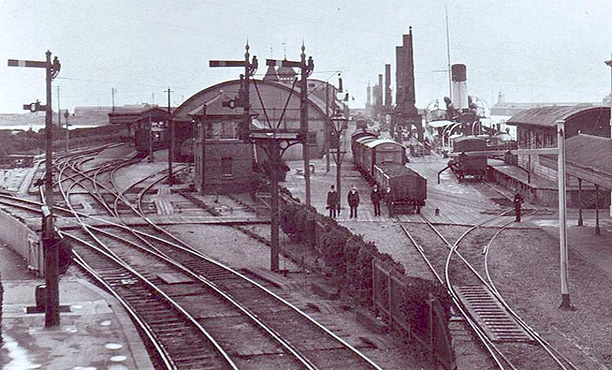
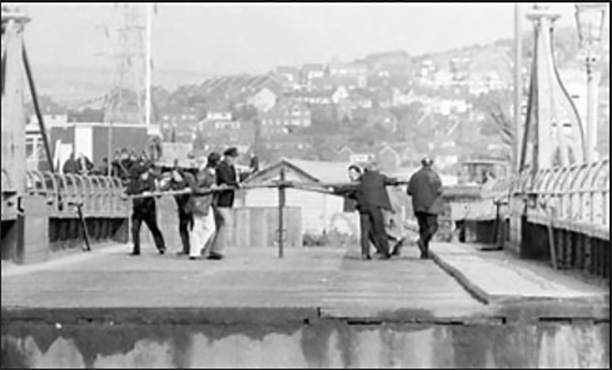
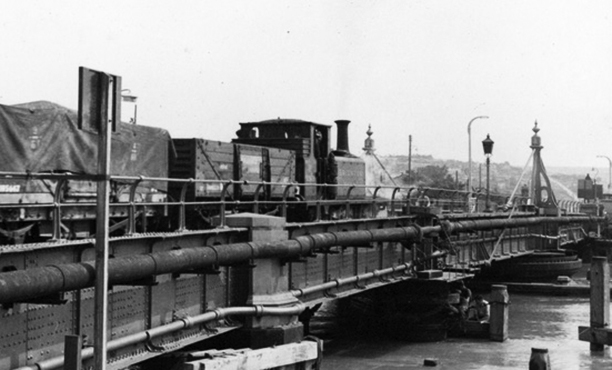
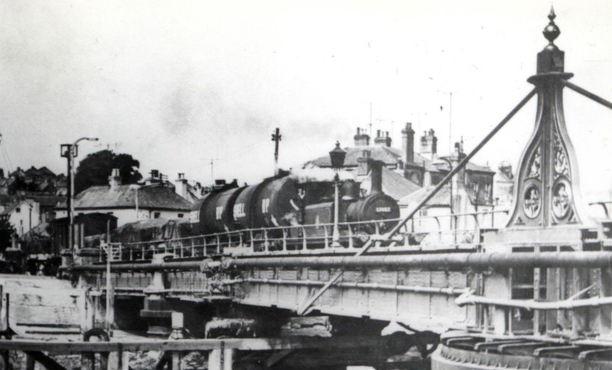
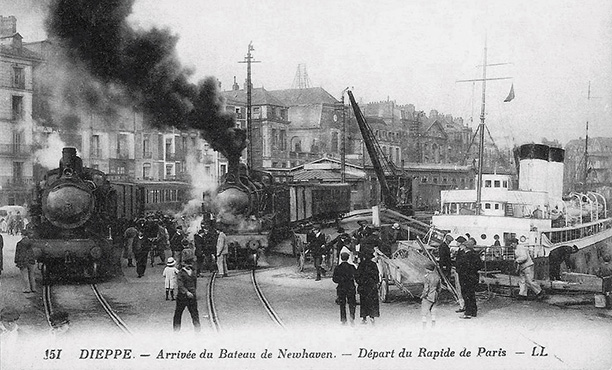
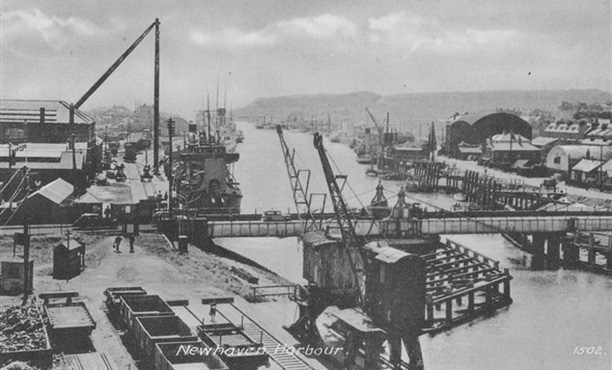
This railway-led development was instrumental in enhancing Newhaven’s infrastructure. The 1863 Act enabled the construction of the North Quay Cut, a direct channel east of Denton Island, which replaced the older river loop now known as the “Old Arm.” The Act withdrew the Port Authority from all responsibility to maintain the old arm of the river although it remained within the harbour limits. Around this time, Newhaven forged international ties with the French Western Railway, forming a joint partnership with with the L.B. & S.C. Railway Co. that cemented the long-standing Newhaven–Dieppe ferry route.
Expansion and commercial growth
Newhaven was a railway-owned port with many shipping lines using the facilities of the East Quay and Railway Quay. The harbour’s commercial usage flourished during the 19th century. Records from 1863 reveal that over 1,000 vessels used Newhaven’s facilities annually. The subsequent opening of the North Quay further increased capacity and traffic.
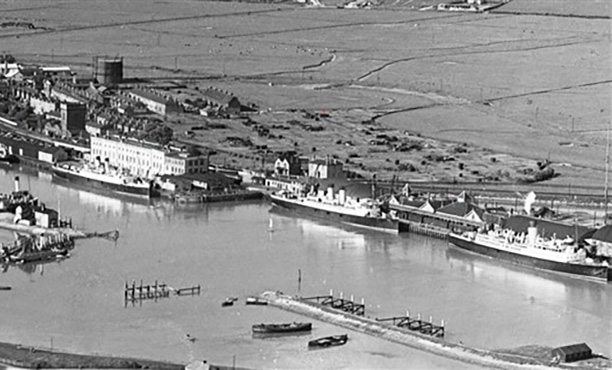
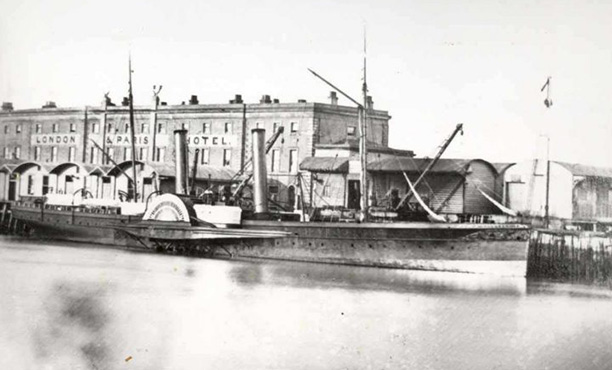
The Newhaven Harbour Act of 1878 marked another milestone, establishing the Newhaven Harbour Company and redefining harbour limits from the Horseshoe Sluice to an offshore boundary near Buckle Groin in Bishopstone. This Act also enabled the construction of the West Breakwater, a major enhancement to the port’s coastal defences and maritime accessibility. The Act withdrew the Port Authority from all responsibilityAlthough the Old Arm of the river fell into the harbour limits, there remained no liability to maintain that portion of the river. Extensions to the commercial East Quay were carried out around this time.
Newhaven Port during WW1 & WW2
At the beginning of WW1, Newhaven was classified as a Defended Harbour and became one of the major supply ports to the Western Front. The London, Brighton and South Coast Railway (LB&SCR) worked closely with the Army and Navy who took over control of the port. Newhaven Harbour Station was closed to the public and the cross-channel ferry was diverted to Folkestone.
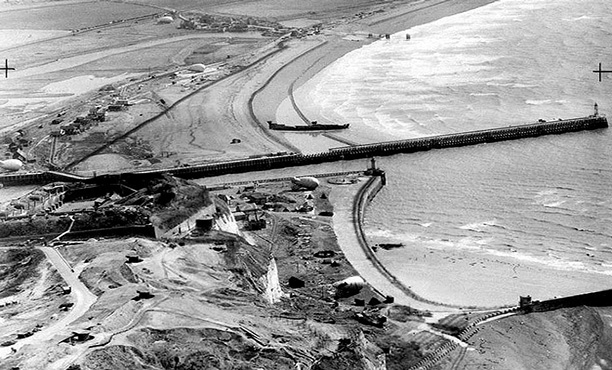
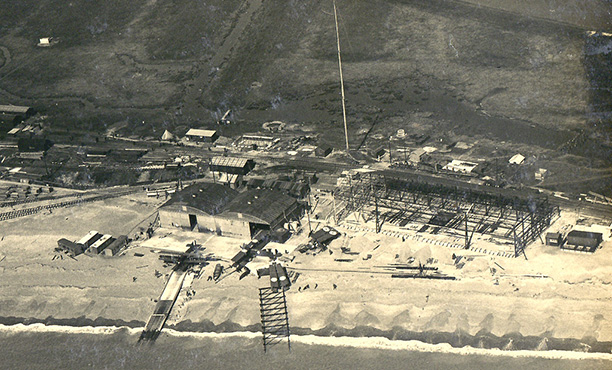
Newhaven Town Station was busy with soldiers arriving to local military camps, wounded returning from France and others on their journey by ship. Newhaven became a Special Military Area from 22nd September 1916.
19,518 special goods trains arrived in Newhaven conveying 859,995 wagons of munitions and stores for the war. The ships carrying the supplies were called Transports and 14 could be berthed at the quayside at the same time.
Read more here where you can also find a description of the Seaplane Station.
Twentieth century changes and nationalisation
In 1926, the Southern Railway Company took over as the Harbour Authority through the Southern Railway Act, introducing the Harbour Bye-Laws of 1931 — which remain valid today. Following World War II, Newhaven Port underwent nationalisation under the Transport Act 1947, transferring ownership first to the British Transport Commission and later to the British Railways Board in 1962.
The manually operated bridge remained in use until 1974 when the current electronically operated swing bridge was introduced. This was the third bridge to span the Ouse replacing the iron swing bridge from 1866 which required a team of men turning a large capstan to allow maritime traffic through. The first bridge was constructed in 1784 which was a wooden cantilever drawbridge.
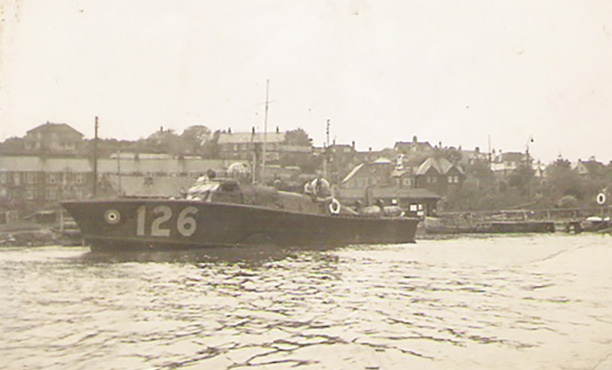
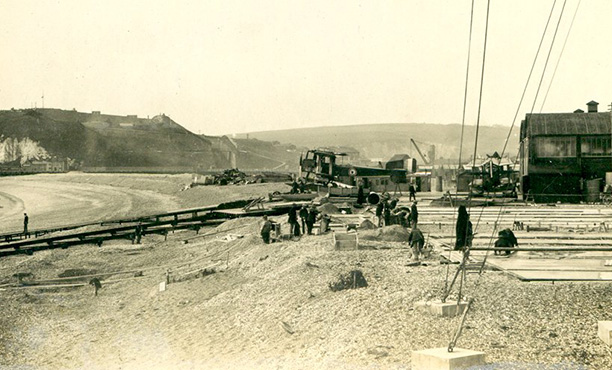
In 1979, the port was operated by Sealink (UK) Ltd, a subsidiary of the British Railways Board, continuing its ferry legacy and commercial activities.
Privatisation and modern ownership
A significant turning point came in 1984, when Newhaven Port was privatised and purchased by Sea Containers Ltd who retained the name Sealink as the statutory authority until 1991, when Sealink Ferries was sold to Swedish firm, Stena Line.
In the same year, the Sealink (Transfer of Newhaven Harbour) Harbour Revision Order transferred authority to Newhaven Port & Properties Ltd (NPP), a Sea Containers subsidiary.
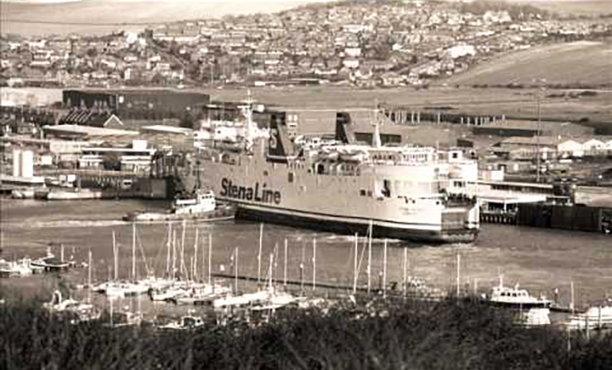

In June 2001, Sea Containers sold Newhaven to its current French parent company, though Newhaven Port & Properties Ltd., as a UK-registered company, remains the Statutory Harbour Authority.
A port with a modern outlook
Most recently, the Newhaven Harbour Revision Order of 2016 extended the harbour’s jurisdiction up to 2 miles southwest and 1.6 miles southeast into the English Channel. It also granted the Harbour Authority new powers of General Direction, ensuring safer, more efficient, and modern operations in an evolving maritime environment.
Discover more about the future vision for Newhaven Port in our Masterplan 2024.

